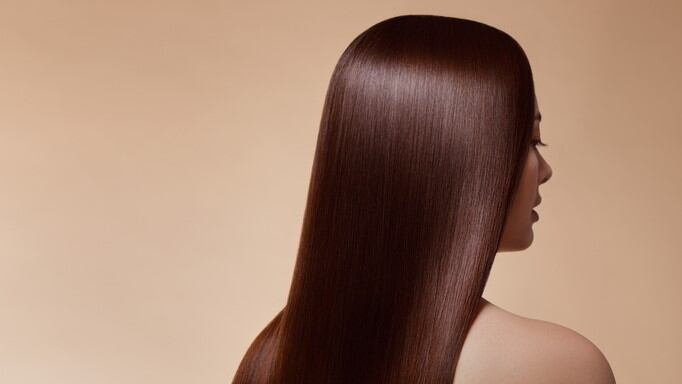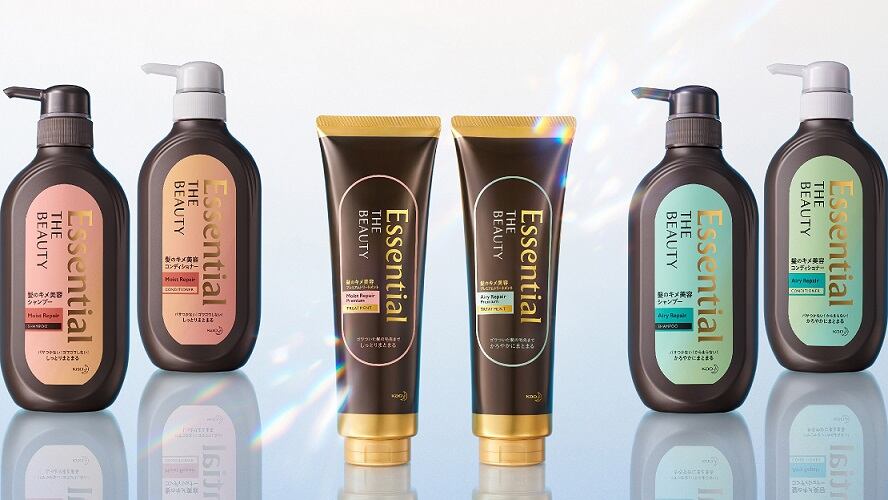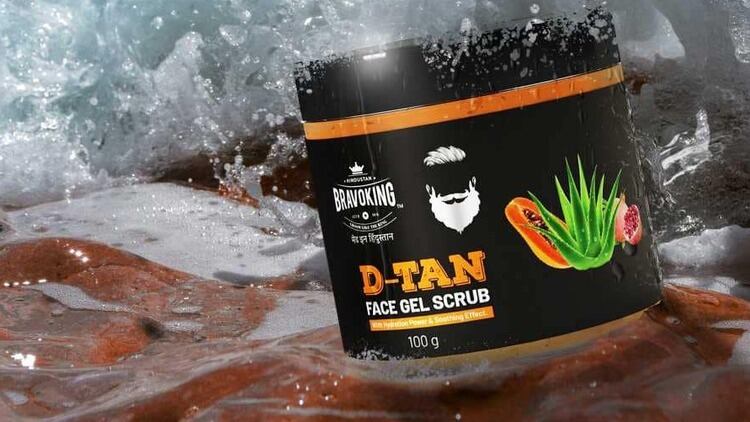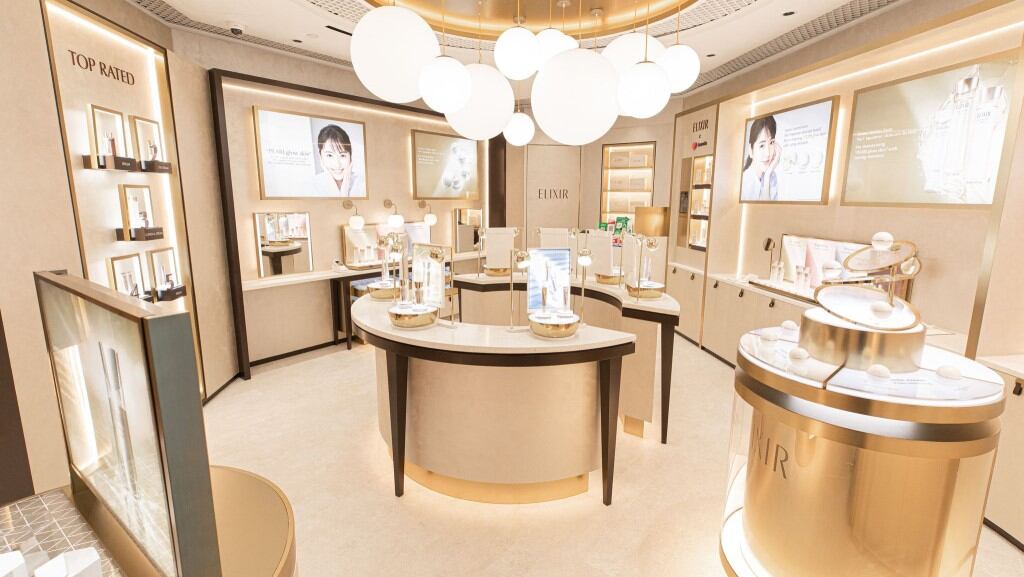In the last couple of months, CosmeticsDesign-Asia has reported that covering grey or white hair is one of the biggest opportunities in the South Korean hair care space, with titans like Amorepacific and LG Household & Health Care cashing in big time on this trend.
The demand for grey hair coverage supplanted the anti-hair loss trend, which was the top demand for consumers till as recently as last year, said Chon Sangchul, business manager of Seppic Korea.
Chon elaborated that this evolution highlights the ever-increasing importance of health among Korean consumers, noting the strengthen correlation between health and beauty.
The emphasis on health has also been influenced by the clean beauty movement, which has permeated across Korea’s personal care landscape, influencing skin care, make-up and now, hair care.
Most notably, the clean beauty and health movement is fuelling the demand for silicone-free hair care products.
“The silicone-free hair care trend is one of the most important trends in Korea because the big trend is clean beauty, which is about health, safety and considering the environment,” said Chon.
As such, silicone-free alternatives are becoming increasingly important for the rapidly growing Korean hair care market.
“The hair care market in Korea is really growing more than ever. Hair care, including shampoo, treatments and leave-on [products] are growing steeply,” said Chon.
This is pushing cosmetic players to find an alternative to silicone, but given its formulation prowess, especially in hair care, true alternatives have been hard to come by.
“The thing is most of the silicone-free alternatives don’t have the same performance as silicones. It’s very hard to replace,” said Chon.
Recently, Seppic has developed a new emollient, Emogreen HP40, which it claims can replace silicone ingredients like cyclomethicone, dimethiconol, and dimenthicone in hair care formulations.
According to the firm’s own trials, the bio-based emollient demonstrates protection against heat damage and preserves keratin. Equally important, the silicone alternative offers the same sensory performance as dimethiconol and dimethicone.
Chon expressed his excitement to push the product into the K-beauty market, noting that it already had accumulated some positive feedback from customers.
It can be applied to a wide range of hair care products, from shampoos and conditioners to treatments and leave-on products.
It is a 100% natural origin product made from sunflower oil and sugar cane. “We’re using new molecules which have never been used in the cosmetics industry,” said Chon.
He added that the ingredient is currently undergoing registration with the Personal Care Products Council (PCPC) and is expecting approval around the third quarter of this year.
It is also undergoing registration for China’s Inventory of Existing Cosmetic Ingredients in China (IECIC) and Inventory of Existing Chemical Substance in China (IECSC).





